The majestic Big Buddha statue, sitting atop the peak of 479 m. high Mount Muk Yue, is sited near Po Lin Monastery. At ground level, the statue was quite a formidable and imposing sight. Together with many other tourists, we were huffing and puffing on our way up, only catching our breath at a number of stair landings. The view of Lantau Island, the 934 m. (3,064 ft.) Lantau Peak and the South China Sea from the top was ’breathtaking.
Check out “Po Lin Monastery“
This large bronze statue of Buddha Shakyamuni, a major center of Buddhism in Hong Kong and a popular tourist attraction, symbolizes the harmonious relationship between man and nature, people and faith. The statue, skillfully mastered and conceptualized by the artist to shape the perfect design of the Buddha statue that we see today, was a culmination of the characteristics of Buddhist sculptural art of the Sui and Tang Dynasties (when Buddhism was at its prime).
Taking 12 years to plan and build, this bronze Buddha statue, an outstanding piece in Buddhist sculptural art in recent history, is now a major landmark in Hong Kong attracting numerous local and overseas Buddhists and visitors. It symbolizes the stability of Hong Kong, prosperity of China and peace on earth.
The Big Buddha Statue, combining traditional bronze art with modern science and technology, embodies the harmonious resonance of Buddhist spirit and modern civilization – a solemn epitome of human beings’ continuous and unyielding pursuit of moral happiness and peace on earth.
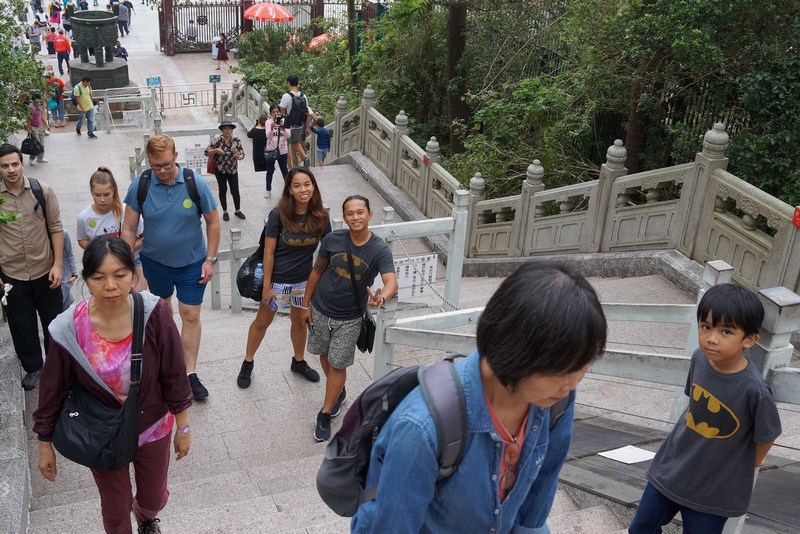
Grace (near left), Cheska (fifth from left), Bryan (sixth from left) and Kyle (right) making their way up the stairs
Here’s the timeline of the statues construction:
- In 1974, the government granted Po Lin Monastery 6,567 sq. m. of land in Mount Muk Yue, at a nominal premium, for the building of the Buddha statue.
- On December 26, 1981, the Committee for the Construction of the Tian Tan Buddha Statue was formally established, by Po Lin Monastery, to coordinate the project, including the artistic design and concept of the statue, building materials and details of construction.
- On April 1982, the work on the 1:5 scale, 5 m. high plaster model of the statue, fashioned by Ms. Hou Jinhui of the Guangzhou Institute of Fine Arts, was started.
- On February 1984, the plaster model was completed, the draft of which had been revisited eight times, following discussions and consultations with the artist responsible for the conceptual design of the statue.
- On September 26, 1986, the plaster model of the statue was shipped to Nanjing from Guangzhou.
- On April 1989, the bronze pieces were transported to Hong Kong by sea.
- On October 13, 1989, the last bronze piece of the statue was put in place and a solemn topping ceremony was held on the same day.
- On December 29, 1993, which the Chinese reckon as the day of the Buddha’s enlightenment, the statue was inaugurated, with monks from around the world invited to the opening ceremony. Also taking part in the proceedings were distinguished visitors from mainland China, Hong Kong, Taiwan, India, Japan, Korea, Thailand, Malaysia, Singapore, Sri Lanka, and the United States.
The project was divided into six stages, with Nanjing Chengguang Machinery Plant of the China Astronautics Science and Technology Consultant Corporation principally carrying out the actual casting, finishing and assembly of the Buddha statue. During the overall project design stage, over 5,000 drawings and 300 technical documents were produced within less than three months. The daily and monthly work progress for the subsequent three years was mapped out and prepared by system analysis.
The enlargement, carried out by the technical staff through a special “survey-controlled box enlargement method,” involved the use of stereoscopic photography to find out the position of the statue in space. When over 3,900 coordinate points were established, the computer was then used to calculate the enlargement. At the same time, to form the inner frame of the statue, a traditional method of using boxes which were stacked up in layers was used. Then plaster was applied to the outer surface, producing a 1:1 scale model.
The body of the statue, cast in 202 bronze pieces after careful studies and surveying, was supported by an inner steel framework and fixed by connecting bolts. Auxiliary supports were used to connect the bronze pieces to the main framework. The bronze pieces had thicknesses ranging from 10 to 13 mm. and the error margin of each cast piece was less than 3 mm.. Precision molds were prepared according to the different shapes of the pieces.
After overcoming numerous difficulties, the professional staff, in an effort to portray fully the splendor of Buddha Sakyamuni and to achieve a perfect artistic design, managed to finally cast the face of the Buddha in a single piece. To rehearse for the on-site assembly, a trial assembly was carried out in the plant where any problems that might occur on site were detected and solved.
The Buddha statue was trial assembled separately in three sections (upper, middle and the lower) and various necessary adjustments and trimmings were made to the bronze pieces plus initial mechanical finishing was also carried out.
On arrival at Lantau Island, the very large face piece and two other large bronze pieces were safely transported up to Mount Muk Yue with the help of the Transport Department who provided a large lorry and two large cranes (which sandwiched the lorry in the middle) for this arduous journey up the winding and narrow roads on the island. The arduous task of assembly and welding (the length of weld was over 5 kms.) of the statue was carried out, in open air, from bottom upwards in eight layers.
To ensure that the Buddha statue would not be damaged by strong winds, calculations on the wind pressure, imposed load and material strength of the various parts of the statue were conducted the specialists using computers and the Beijing Institute of Aerodynamics specially created a testing model, utilizing the wind tunnel employed for satellites and rockets, to conduct unidirectional as well as multi-directional wind tests on the statue as a whole and on the various parts.
The optimal coating for the surface coloring of the statue, carefully studied for over a year, was selected from various formulas for surface coloring. Oozing an air of classical simplicity and solemn dignity, it is not susceptible to fading because of corrosion due to the exposure to the elements.
Here are some interesting trivia regarding the statue:
- The design of the statue was based on the 32 laksanas (“physical marks” of the Buddha as described in the sutras).
- The Tian Tan Buddha is one of the five large Buddha statues in China and is the biggest sitting Buddha statue built outdoor.
- The statue was named The Big Buddha because its base is a model of the Earthly Mount of Tian Tan (or Altar of Heaven), the Temple of Heaven in Beijing.
- Enthroned on a lotus on top of a three-platform altar, it is surrounded by six smaller bronze statues known as “The Offering of the Six Devas,” symbolizing the Six Perfections of generosity, morality, patience, zeal, meditation and wisdom, all of which are necessary for enlightenment. They are posed offering flowers, incense, lamp, ointment, fruit and music to the Buddha.
- Every feature of the Buddha statue has a symbolic meaning of religious significance. The face, measuring 4.3 m. by 5.8 m., with a thickness of 13 mm. and a weight of 5 metric tons, was modeled after the Buddha Vairocana of the Longmen Grottoes for its fullness and serene beauty. The clothes and headgear had their inspiration from the soft and smooth flowing lines of the Buddha Sakyamuni image in Cave 360 of the Mogao Caves.
- For the building of the Buddha statue, the original idea was to use reinforced concrete. However, due to artistic requirements, structural problems as well as the anticipated difficulties in quality and cost control, bronze was finally chosen as the building material.
- The Big Buddha is 34 m. (112 ft.) tall, weighs over 250 metric tons (280 short tons) and was constructed from 202 bronze pieces.
- Reputedly the figure can be seen across the bay from as far away as Macau on a clear day.
- In addition to its exterior components, there is a strong steel framework inside to support the heavy load.
- Visitors have to climb 268 steps to reach the Buddha. However, to accommodate the handicapped, the site also features a small winding road for vehicles.
- The Buddha’s raised right hand represents the removal of affliction while the left hand, resting open on his lap, is in a gesture of generosity.
- The statue faces north, which is unique among the great Buddha statues, as all others face south.
- One of the statue’s most renowned features inside is a relic of Gautama Buddha, consisting of some of his alleged cremated Only visitors who purchase an offering for the Buddha are allowed to see the relic, entering to leave it there.
- On October 18, 1999, the Hong Kong Post Office issued a definitive issue of landmark stamps, of which the HK$2.50 value depicts The Big Buddha.
- In 2000, the Big Buddha Statue was elected as the fourth of the 10 Engineering Wonders in Hong Kong (the others, all public works projects, are the Lantau Link, the Hong Kong International Airport Passenger Terminal and the Hong Kong Convention and Exhibition Centre Extension). Of the projects in the private sector, the Big Buddha Stature came as the first.
- On May 22, 2012, it was also featured on the HK$3 value of the Five Festival set, this one celebrating the birth of Sakyamuni Buddha. The MTR corporation also issued a souvenir ticket featuring a photograph of the statue.
There are three floors beneath the statue – Hall of the Universe, Hall of Benevolent Merit and Hall of Remembrance. In the show room, there’s a huge carved bell, inscribed with images of Buddhas and designed to ring every 7 minutes, 108 (symbolizing the release of 108 kinds of human vexations) times a day.
Tian Tan Buddha: Ngong Ping Rd., Ngong Ping, Lantau Island, Hong Kong. The Buddha (as well as Po Lin Monastery) are open daily, 10 AM to 5 PM. Access to the outside of the Buddha is free of charge, but there is an admission fee to go inside the Buddha.
How to Get There: Visitors can reach the site by bus or taxi, travelling first to Mui Wo (also known as “Silvermine Bay”) via ferry from the Outlying Islands piers in Central (pier No. 6) or to Tung Chung station via the MTR, or via the 25-min. Ngong Ping 360 gondola lift between Tung Chung and Ngong Ping. Visitors may then travel to and from the Buddha via the Mui Wo ↔ Ngong Ping (NLB No. 2) and Tung Chung ↔ Ngong Ping (NLB No. 23) bus routes.

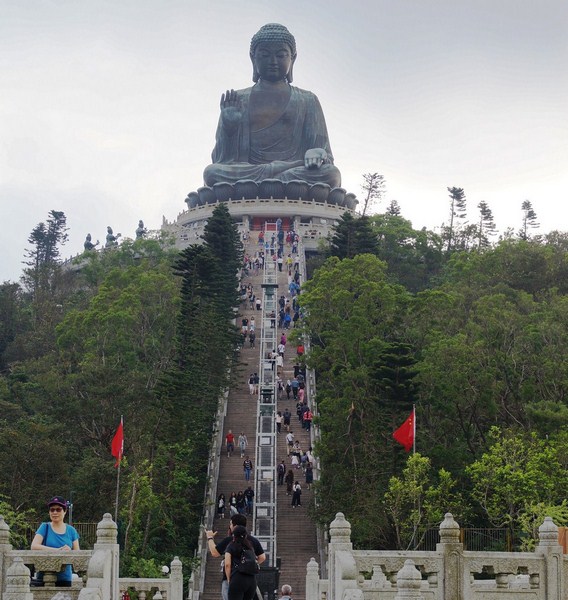
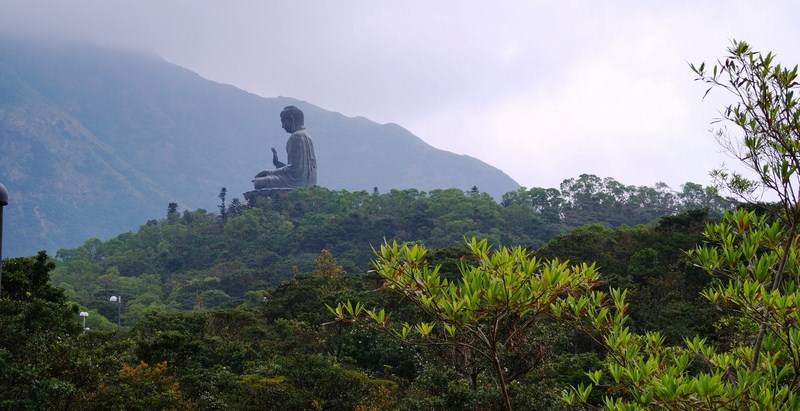






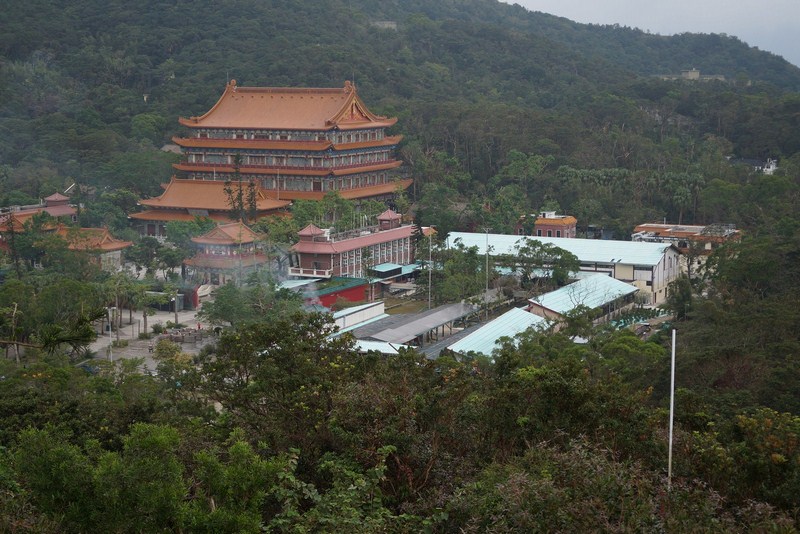
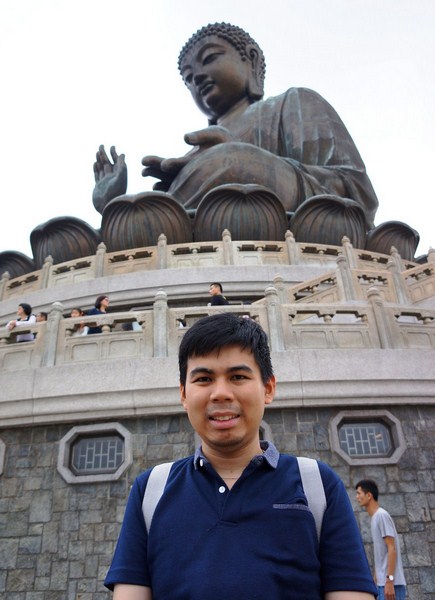
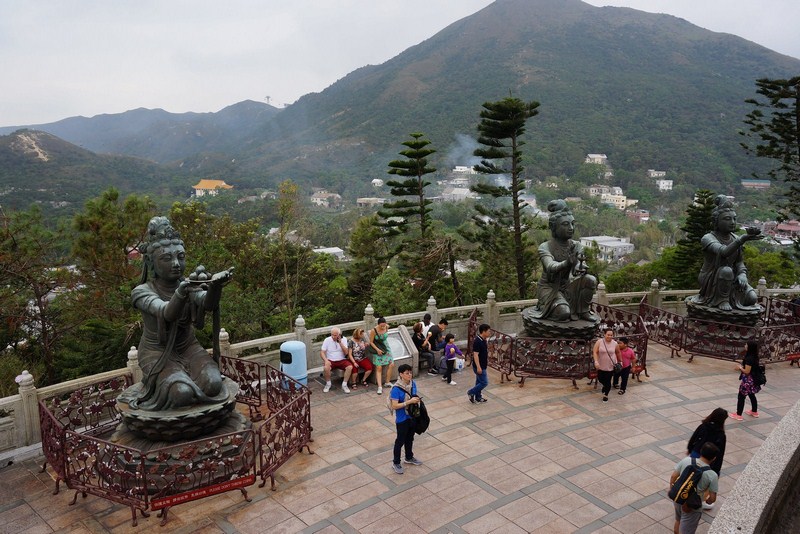



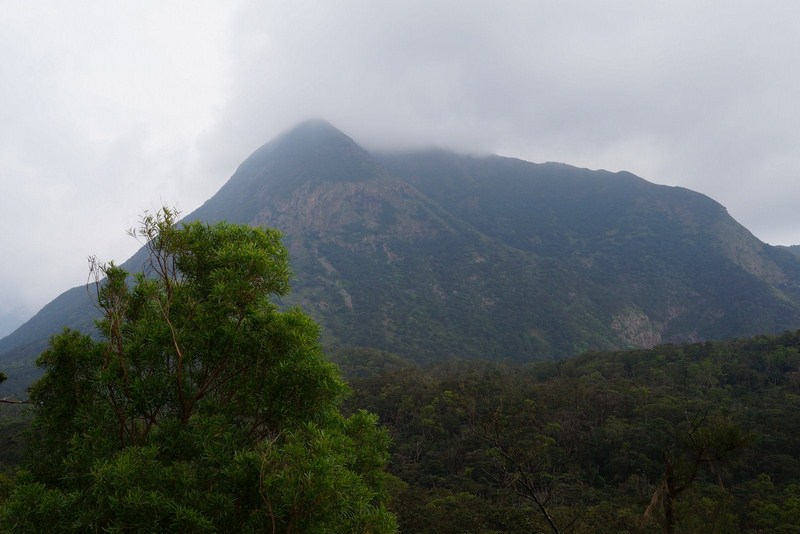
Pingback: Po Lin Monastery (Lantau Island, Hong Kong) – B.L.A.S.T. – Live Life to the Fullest ……… Don't Stay Put
Pingback: Ngong Ping 360 (Hong Kong) – B.L.A.S.T. – Live Life to the Fullest ……… Don't Stay Put